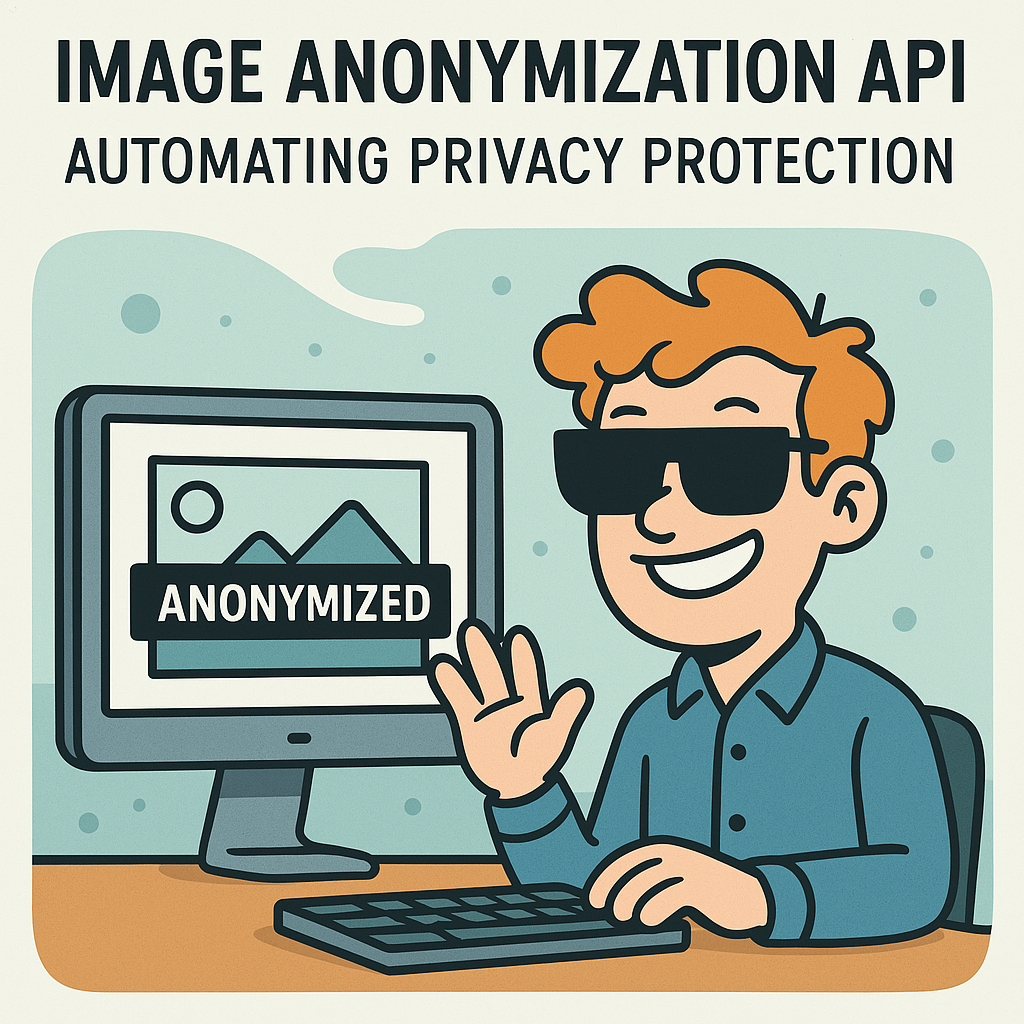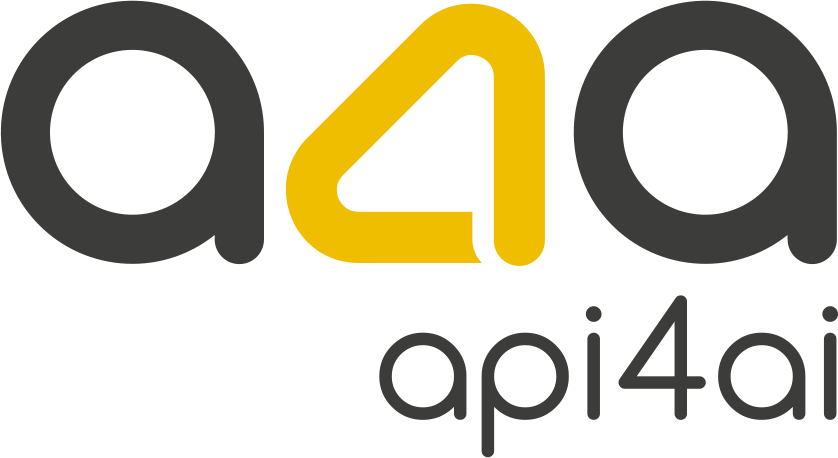
Image Anonymization API: Automating Privacy Protection
In an age where cameras are everywhere and visual data is collected at an unprecedented scale, protecting personal privacy has never been more important. From smart cities and retail environments to healthcare and academic research, images and videos often contain sensitive information such as faces, license plates and brand identifiers. Without proper handling, this data can expose individuals to risks and put organizations at odds with strict privacy regulations like GDPR and CCPA.
Image anonymization offers a reliable and scalable way to address this challenge. By using AI-powered tools to automatically detect and obscure sensitive elements, organizations can safely use visual content for analysis, sharing or public reporting — without compromising individual privacy. In this blog post, we take a deep dive into how automated image anonymization works, explore real-world use cases and share best practices for implementation. We’ll also look ahead at emerging trends like adaptive anonymization and highlight how cloud APIs can be combined with other image processing tools to build comprehensive, privacy-first solutions.

GDPR Compliance Made Easy with AI-Powered Image Anonymization
Navigating GDPR compliance can be challenging, especially when it comes to handling visual data like images and videos. Manual anonymization is time-consuming, error-prone and impractical for large datasets. AI-powered image anonymization offers a game-changing solution, automating the process with unmatched speed, accuracy, and scalability. In this post, we explore the importance of GDPR compliance, the role of AI in safeguarding sensitive data and how tailored solutions can meet unique business needs. Discover how leveraging advanced tools can streamline workflows, ensure regulatory compliance and future-proof your operations in an increasingly privacy-conscious world.
